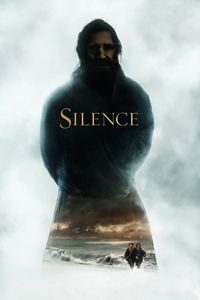Silence (2016)
(Netflix Streaming, August 2018) Martin Scorsese’s Catholicism has always informed his movies, but seldom as much as in Silence, the story of two missionaries travelling to Edo-era Japan to spread the gospel and being persecuted for their beliefs. While such a plot summary would suggest a dull drama, Scorsese keeps even a slow-paced story moving through good performances and a focus on a period of history that usually gets short thrift in western cinema. Along the way of the protagonists’ suffering, Scorsese also gets to play with themes that are dear to him and inspiring in their own way—how closely you adhere to your beliefs can be measured to how much pain you’re willing to endure for them, even as others may reach accommodations with persecution. Andrew Garfield is quite good in the film’s main role. It’s worth noting that there is seldom any explicit discussion in Silence of the absurdity of religious oppression: it exists, immovable, and can either be resisted on a personal level (at the risk of destruction) or surrendered to. In Scorsesian terms, this is a pure passion project and far closer to his spiritual biographies than his crime drama—it’s certainly not as flashy or purely entertaining as other films, but it may be more important to him than others. I approached Silence with some skepticism (I’m really not in the target audience for the film) and dread at the film’s advertised characteristics (length, setting, subject matter…) and yet ended up appreciating the result far more than I expected.




